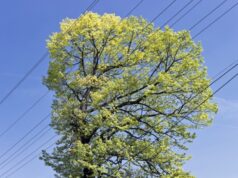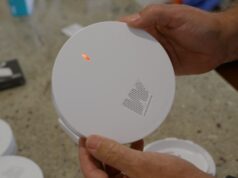
If you live in a bushfire prone area, your roof will need to meet special requirements in terms of the way it’s constructed. Find out what this means for your home.

Building regulations and bushfires
Victoria’s Black Saturday bushfires were one of Australia’s worst ever natural disasters. These devastating fires caused deaths, injuries, and damage to property to an extent that should never be repeated. In an attempt to prevent similar events from unfolding in the future, the Australian government introduced building regulations which address the fire resistance of building materials and construction techniques. The regulations depend on the perceived level of bushfire risk of the area. Currently, Victoria is the only state and the ACT the only territory to have adopted these regulations.
Bushfire Attack Levels
Under the revised building Standard, all new homes and renovations are to be assessed and rated to one of six Bushfire Attack Level (BAL) categories ranging from low to extreme. Once the BAL has been determined, specific construction requirements must be followed, ranging from ember protection to direct flame protection.
Your Bushfire Attack Level can be assessed by an architect, building designer, building surveyor or builder. Alternatively, you can assess your property’s BAL rating yourself. Information on BAL assessments is contained within the Australian Standard AS 3959 – 2009 Construction of Buildings in Bushfire Prone Areas.
Once the assessment is completed it will need to be provided to the relevant building surveyor for confirmation. The relevant construction methods of your home’s BAL rating will then need to be included in the design documents lodged for a building permit.
| Bushfire Attack Level (BAL) | Roof requirements |
|---|---|
| BAL-LOW | Standard roof materials may be used at this level. There are no special construction requirements. |
| BAL-12.5 | Roof cladding materials must be non-combustible. The junction between roof and wall must be sealed. Gutters and other openings must be fitted with non-combustible ember guards. Roofs must be fully sarked. |
| BAL-19 | Roof cladding materials must be non-combustible. The junction between roof and wall must be sealed. Gutters and other openings must be fitted with non-combustible ember guards. Roofs must be fully sarked. |
| BAL-29 | Roof cladding materials must be non-combustible. The junction between roof and wall must be sealed. Gutters and other openings must be fitted with non-combustible ember guards. Roofs must be fully sarked. |
| BAL-40 | Roof cladding materials must be non-combustible. The junction between roof and wall must be sealed. Gutters and other openings must be fitted with non-combustible ember guards. Roofs must be fully sarked. No roof mounted evaporative coolers allowed. |
| BAL-FZ | Roof cladding materials must be non-combustible. Roof materials must have an FRL of 30/30/30 or tested for bushfire resistance to AS 1530.8.2. The junction between roof and wall must be sealed. Gutters and other openings must be fitted with non-combustible ember guards. Roofs must be fully sarked. No roof mounted evaporative coolers allowed. |





